The built environment, with its soaring skyscrapers, quaint neighborhoods, and bustling urban spaces, is a canvas on which the art of architecture and design unfolds. Far beyond aesthetics, architecture and design wield a profound influence on the lives of individuals and the communities they inhabit. The intricate dance between form and function, style and substance, creates spaces that not only shelter but also shape the human experience. In Pertanto, we have explored an immense number of technologies, characters, designers and every aspect to try to solve the questions surrounding the real architecture.
At first glance, architecture captivates us with its visual splendor. The iconic structures that define city skylines and historic landmarks become symbols of cultural identity and human achievement. From the timeless elegance of ancient monuments to the sleek lines of contemporary marvels, architecture is a testament to human creativity and innovation.
However, the impact of architecture transcends mere visual appeal. Design choices go beyond aesthetics to shape the way we interact with and experience the spaces around us. Consider, for instance, the use of natural light in a building. Beyond its energy-efficient benefits, ample daylight infiltrating a space has been linked to enhanced mood, improved productivity, and even accelerated healing in healthcare environments.
In the pursuit of a harmonious relationship between architecture and nature, the concept of biophilic design has gained prominence. Biophilic design seeks to integrate natural elements into the built environment, fostering a connection between people and the natural world. Whether it’s the incorporation of green roofs, indoor plants, or the strategic placement of windows to provide views of nature, biophilic design strives to create environments that support well-being.
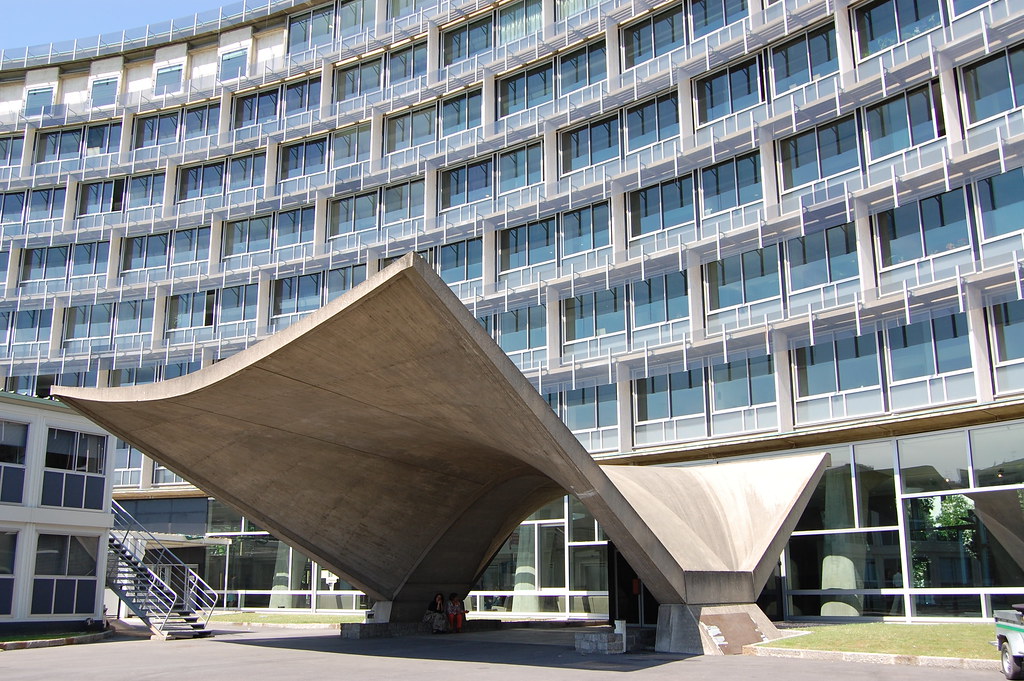
UNESCO Headquarters, Paris. Marcel Breuer, Pier Luigi Nervi and Bernard Zehrfuss Architects, 1958. Courtesy of Flickr/Anna Armstrong
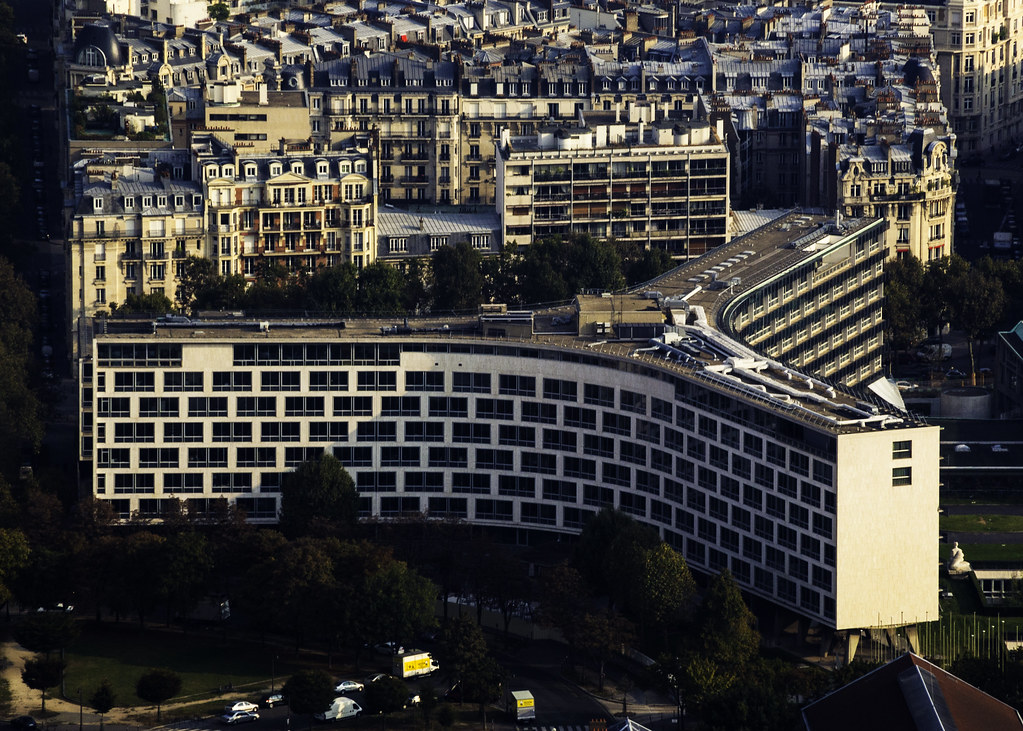
UNESCO Headquarters – Paris. Courtesy of Flickr/Peter Miller
The psychological impact of such design choices is profound. Research suggests that exposure to nature within the built environment can reduce stress, improve cognitive function, and promote overall mental health. In a world where urbanization often leads to a disconnection from nature, architects are increasingly recognizing the importance of reintroducing these natural elements into the spaces we inhabit.
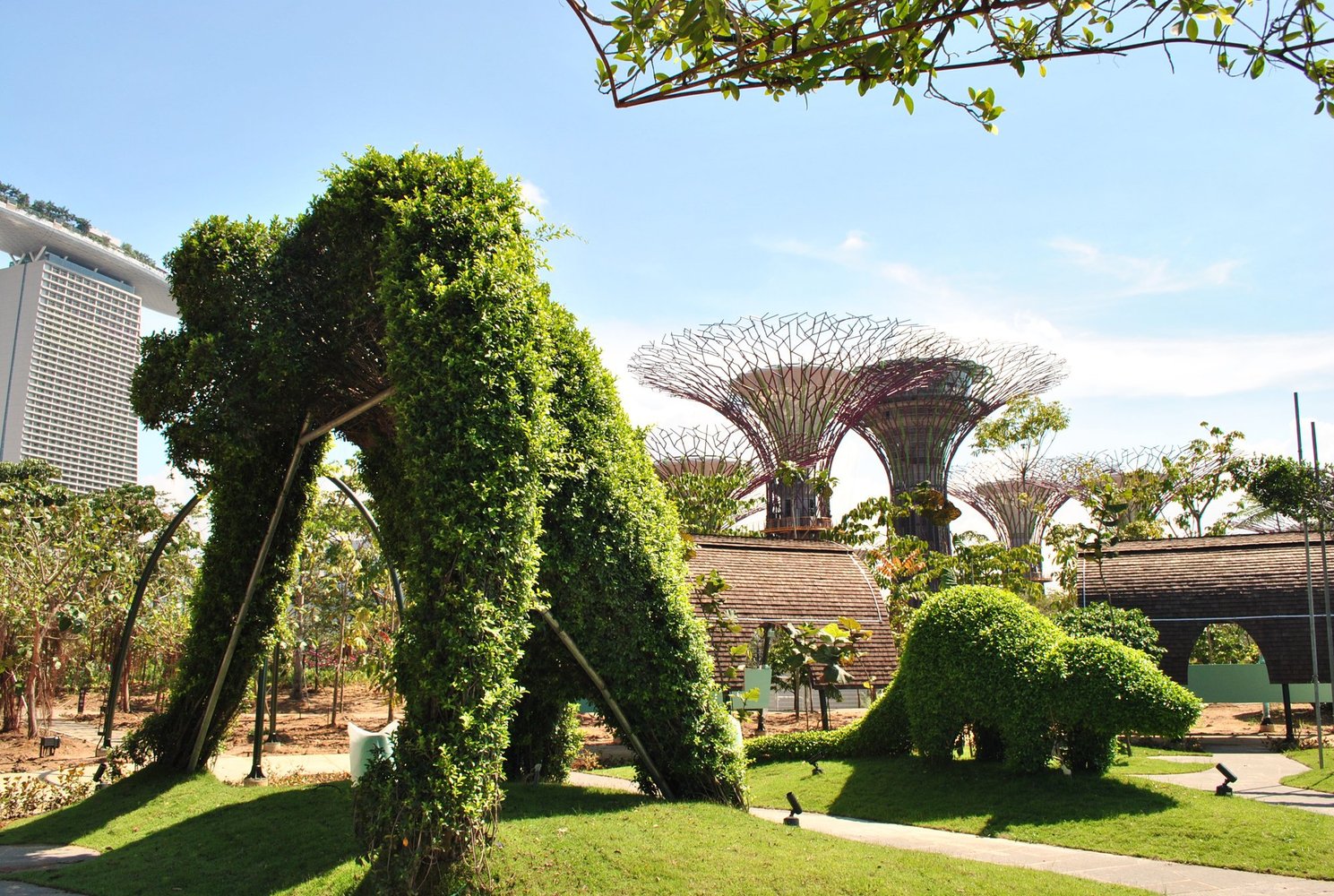
Gardens by the Bay, Singapore, 2012. Courtesy of Grant Assosiates
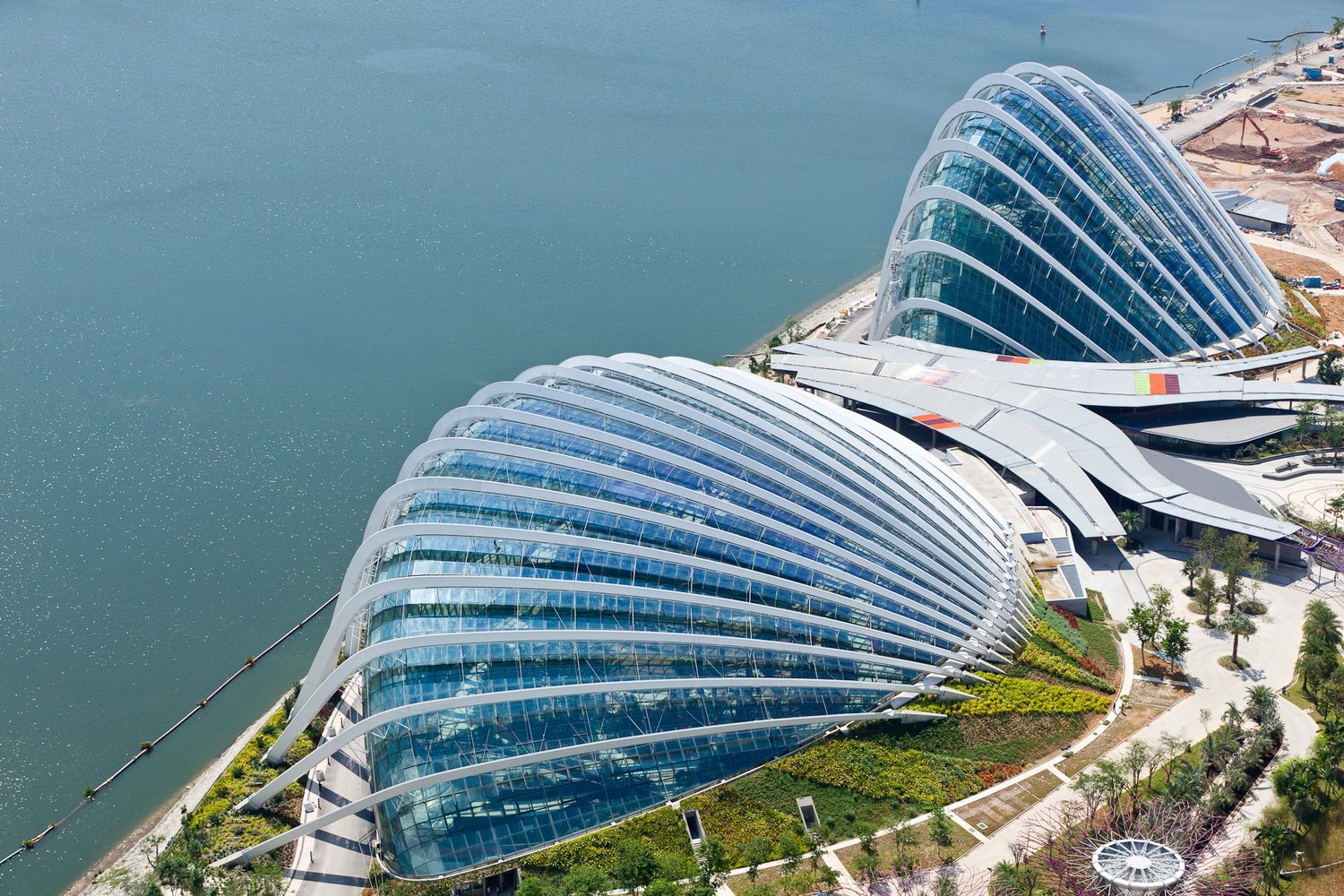
Gardens by the Bay, Singapore, 2012. Courtesy of Grant Assosiates
The famous architectural dictum “form follows function” encapsulates the delicate equilibrium between aesthetics and utility. While a building’s design should be visually appealing, it must also serve its intended purpose effectively. Take, for instance, the modern trend of mixed-use developments, which blend residential, commercial, and recreational spaces in a single area. Such designs not only create vibrant, walkable communities but also contribute to sustainable urban planning by reducing the need for extensive commutes.
In the realm of public spaces, architects play a crucial role in fostering community interaction. Thoughtful design of parks, plazas, and communal areas can transform them into hubs of social activity. A well-designed public square becomes more than just an open space; it becomes a gathering place, a venue for cultural events, and a catalyst for community engagement.
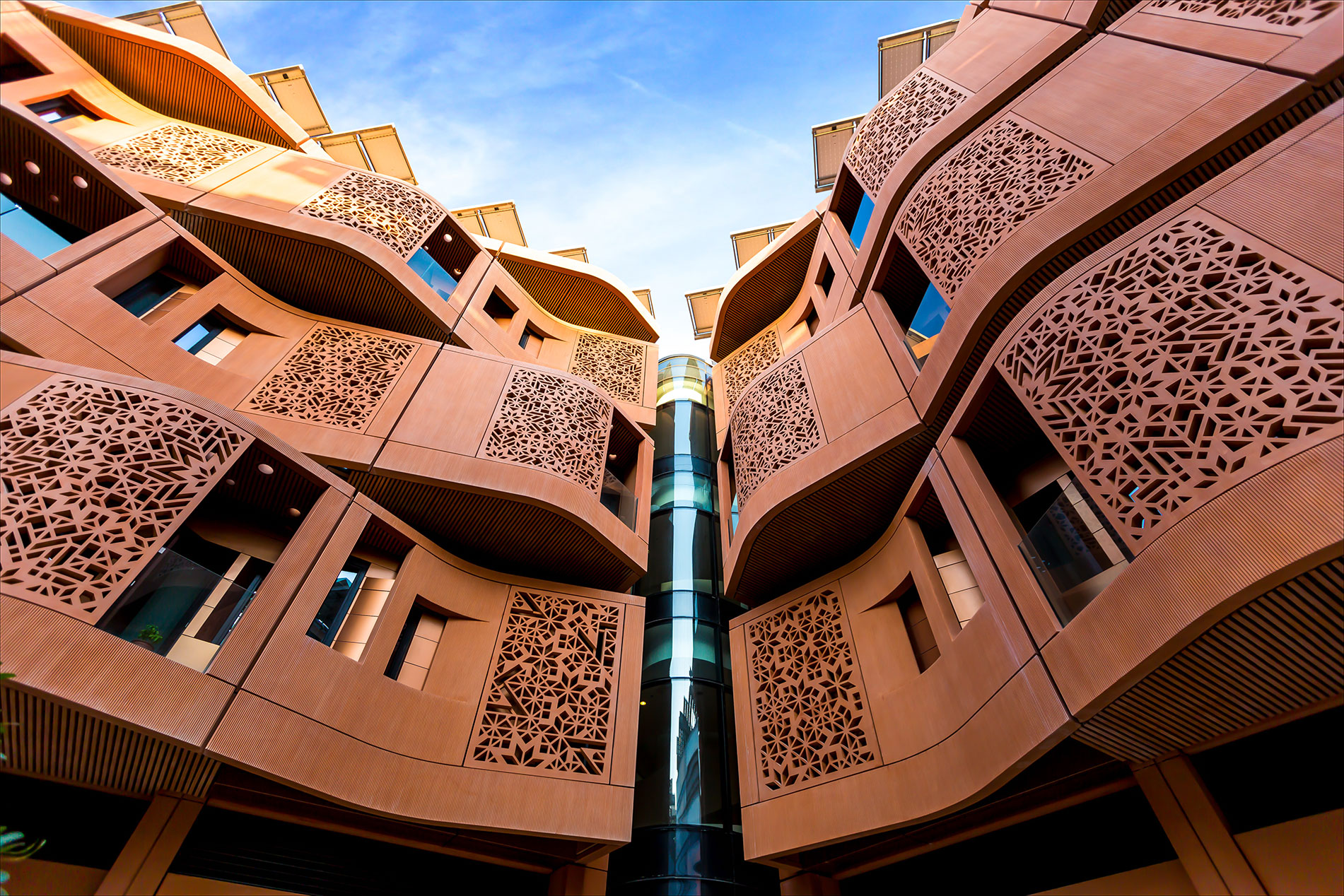
Masdar City. Courtesy of Masdar City
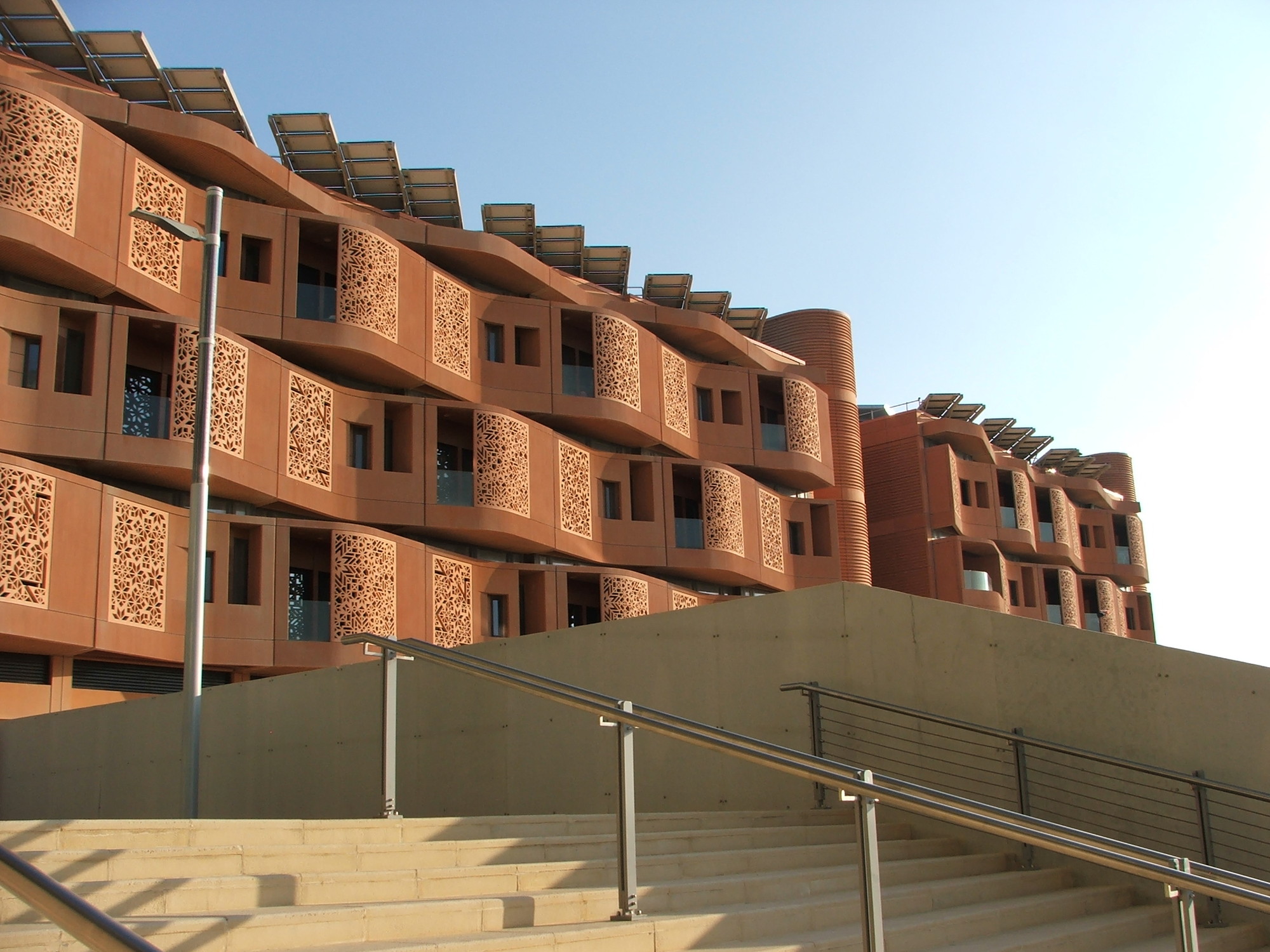
Terracotta façade of student residences designed by Foster & Partners. Courtesy of Tyler Caine
The true impact of architecture is measured not only by its visual allure but also by its inclusivity. Universal design principles aim to create environments that are accessible to people of all abilities. This goes beyond ramps and elevators to consider sensory experiences, ensuring that spaces are welcoming and usable for individuals with diverse needs.
In healthcare design, for example, architects are increasingly incorporating elements to create healing environments. The layout of a hospital, the choice of materials, and the integration of natural elements contribute to a space that supports the physical and emotional well-being of patients, visitors, and healthcare professionals alike.
Architecture becomes a storyteller, weaving narratives of culture and identity into the very fabric of a city or community. Preservation of historical buildings, incorporation of local art, and the celebration of cultural symbolism in architectural design contribute to a sense of place. This connection to heritage fosters a collective identity, creating a unique urban character that resonates with residents and visitors alike.
The symbolic power of architecture is evident in structures like the Sydney Opera House, which has become an iconic representation of Australia’s cultural identity. Similarly, the preservation of historic districts in cities like Prague or Kyoto ensures that the architectural legacy of the past remains an integral part of the present.
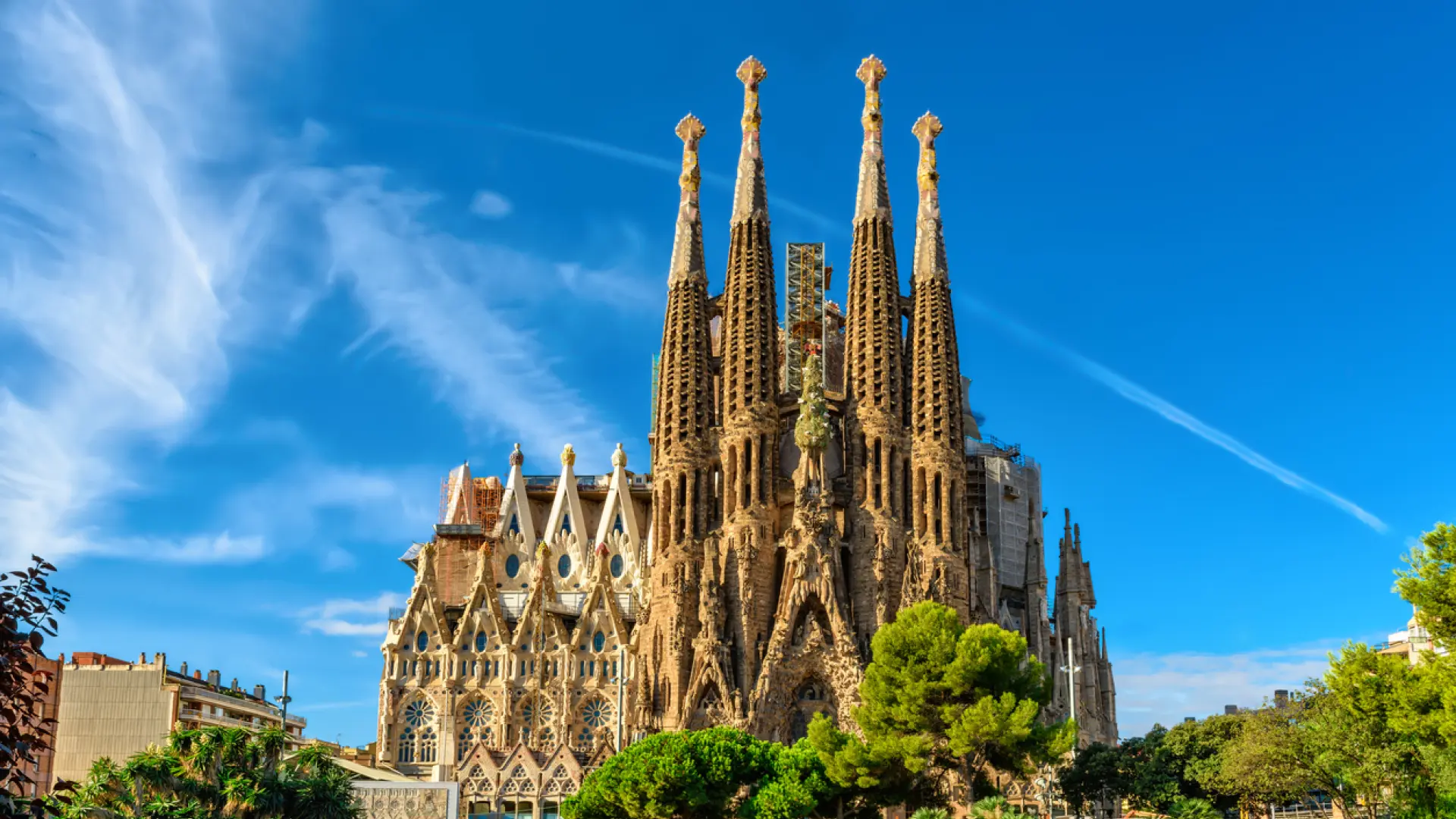
The Sagrada Familia, Barcelona, Spain. Courtesy of Getty Images
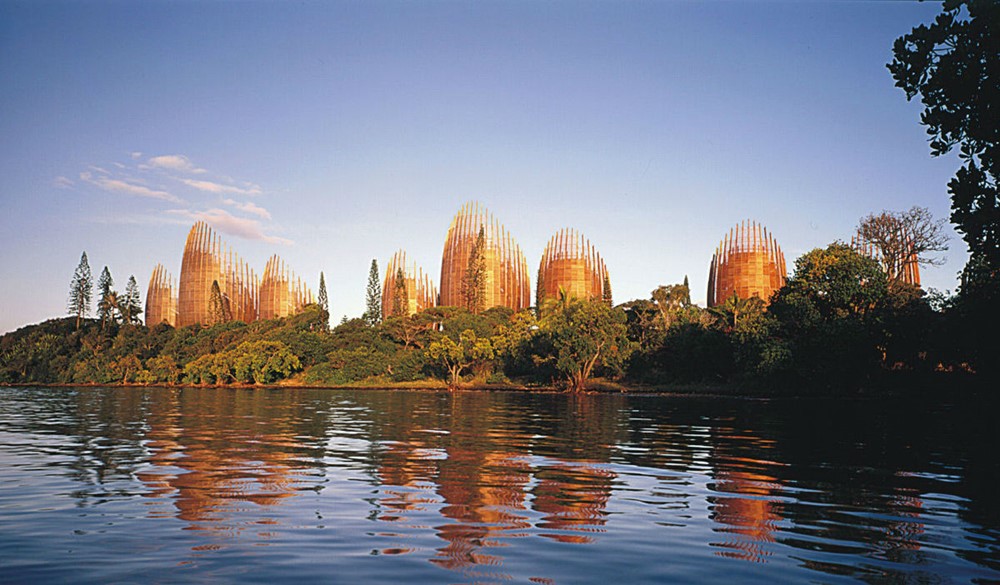
Jean Marie Tjibaou Cultural Center, Nouméa. Courtesy of Madera 21
As the global community grapples with environmental challenges, architecture has emerged as a key player in the pursuit of sustainability. Sustainable design principles prioritize energy efficiency, the use of renewable materials, and the integration of green technologies. Beyond reducing environmental impact, these practices often translate into tangible benefits for occupants.
Energy-efficient buildings, for example, not only contribute to the reduction of greenhouse gas emissions but also result in lower utility costs for residents. Sustainable architecture aligns with the principles of responsible stewardship, creating spaces that meet the needs of the present without compromising the ability of future generations to meet their own needs.
The intersection of architecture and design is not static; it is an ever-evolving landscape shaped by technological advancements, societal shifts, and the continuous quest for innovation. The advent of smart architecture, incorporating technologies like the Internet of Things (IoT) and advanced building materials, is transforming the way we interact with our living spaces. From energy-efficient systems that adapt to user behavior to buildings that respond to environmental changes, the future promises a dynamic synergy between technology and design.
From the individual experience of a well-designed home to the collective identity forged by iconic structures, the impact of architecture on people’s lives is immeasurable. As we navigate the complexities of urbanization, environmental challenges, and evolving societal needs, the role of architects and designers becomes increasingly pivotal in shaping a future where the built environment enriches, inspires, and sustains the human experience.
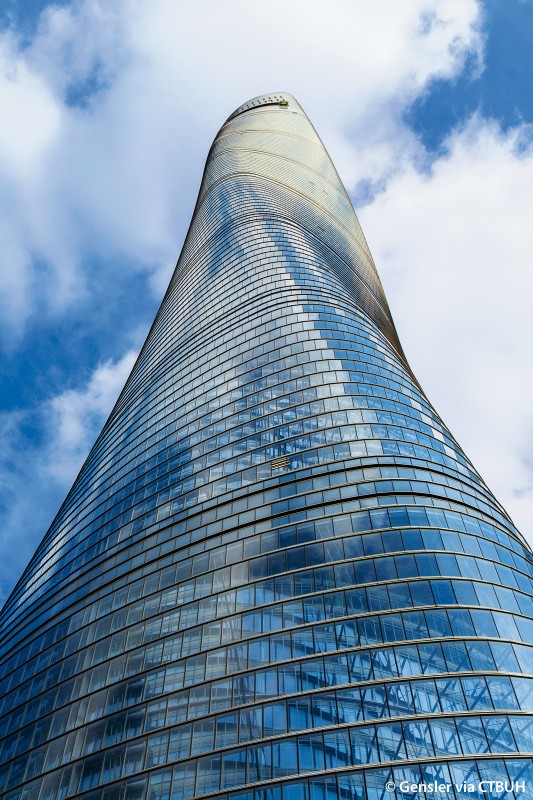
Shanghai Tower, Gensler. Courtesy of CTBUH


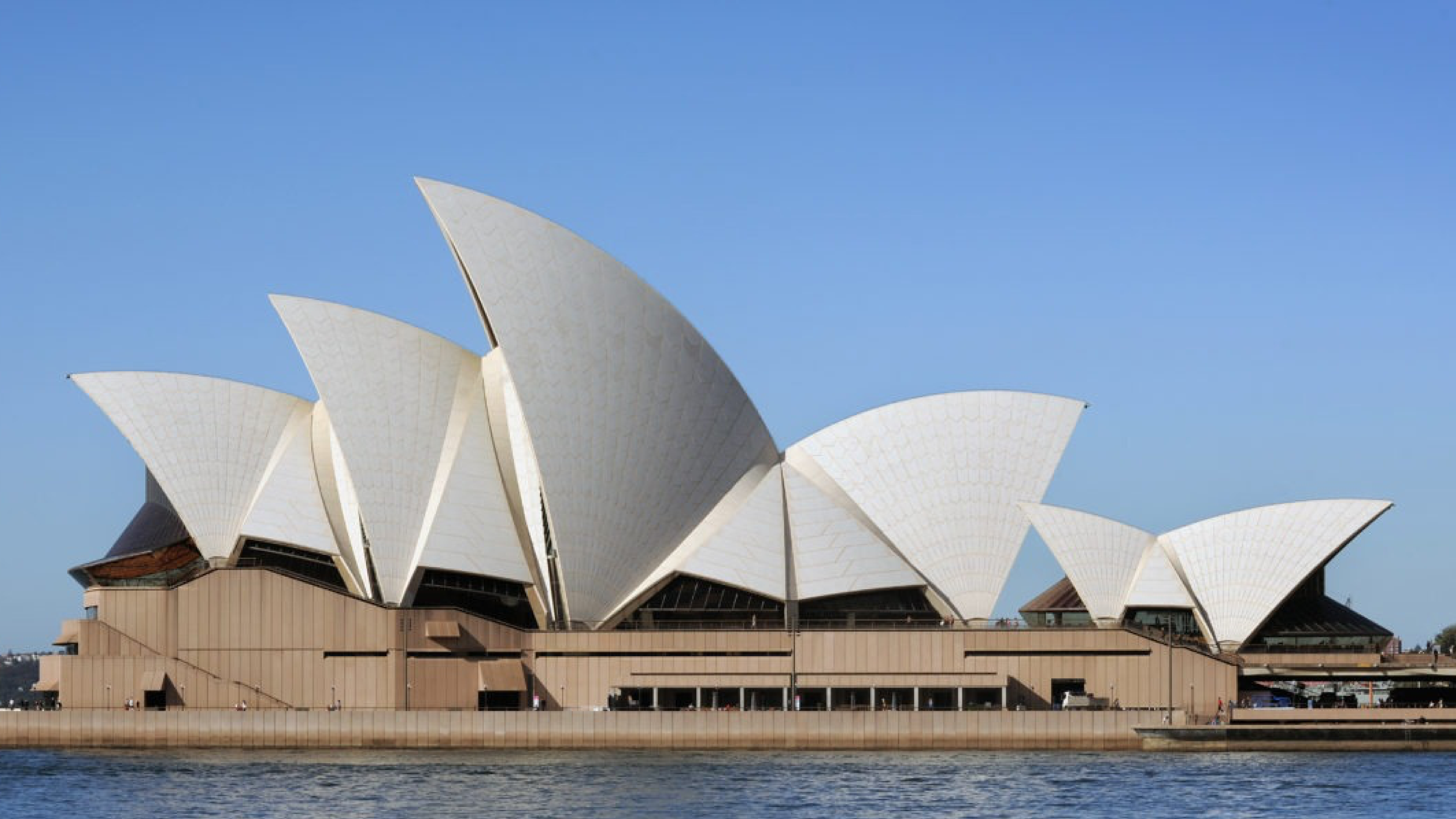
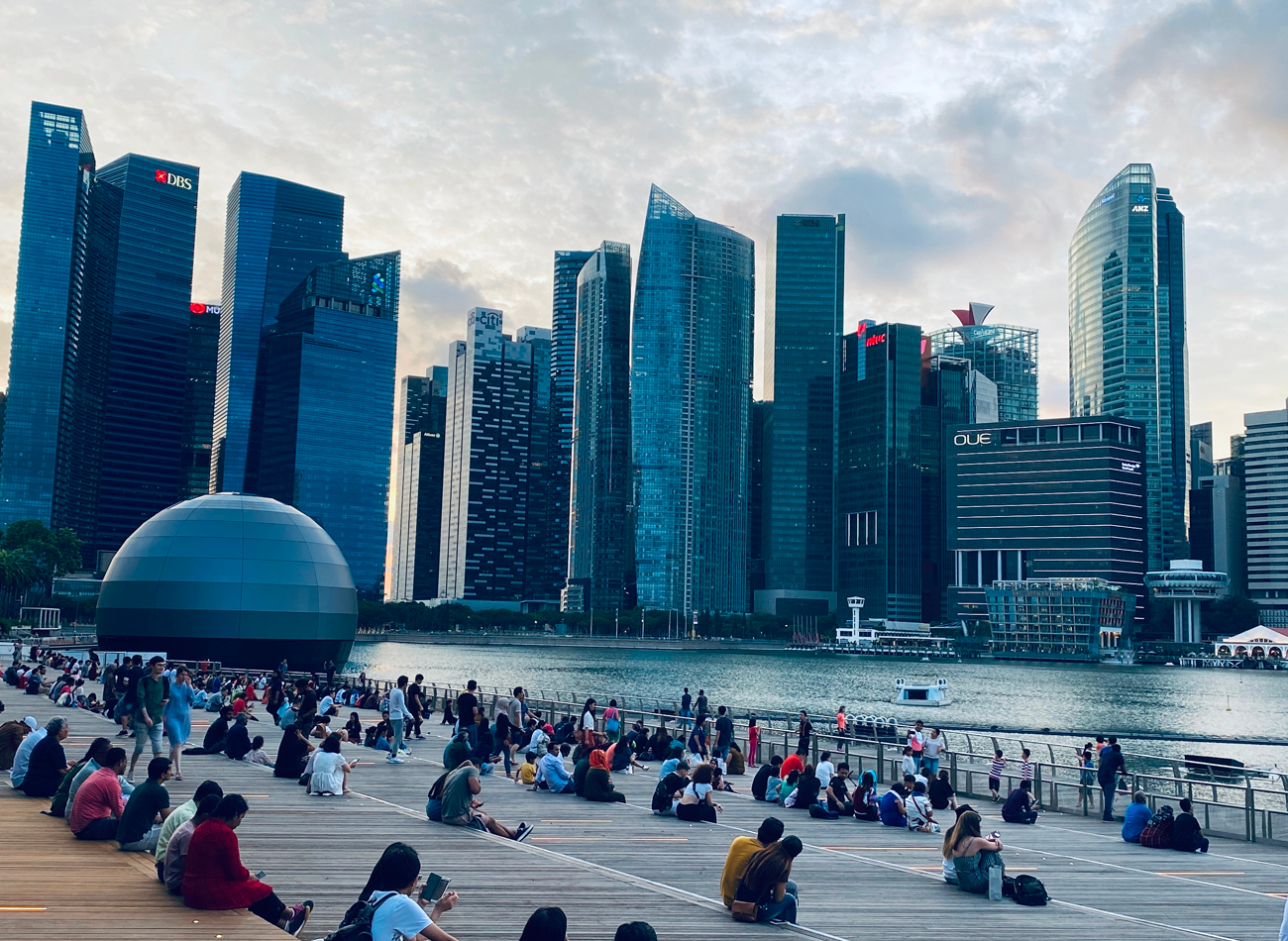
Leave A Comment